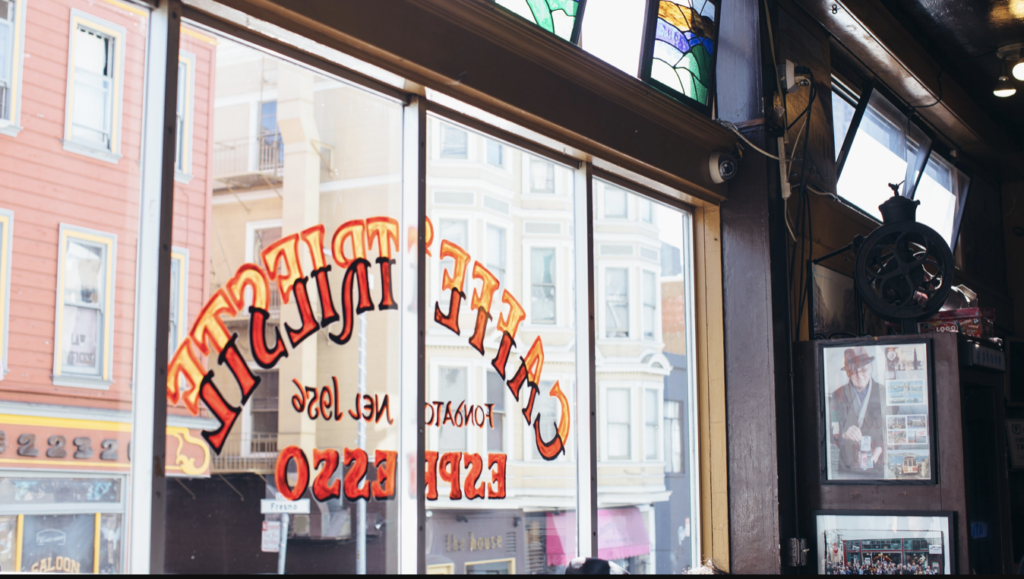
There is a place between sleep and wakefulness, where we recognize our thoughts, but also see things that are unfamiliar. There is a space between thinking and feeling, where shapes represent processes, an itch can appear connected to a firecracker going off, and a mental picture can place itself in both the center of our self and the center of the earth. This is the world I have lived in from a very young age. Juxtapositions of shapes.
There are psycho-physical movies that play on the screen of my nervous system. They could be described as dreams, and remembering them as remembering a dream when awake. I can look at the sky, and feel the wind blow across my face. Why is this any more real than hearing a person’s voice, and feeling shapes and colors moving across my consciousness? My chosen spiritual tradition eschews dreaming for waking up to the present moment, but how can I discriminate between the heat from the sun and the sense of movement from the activity just beneath the surface of my skin?
As I have gotten older, I can more easily compartmentalize the dream world from the waking world, but I fully realize I am doing that, and am not proud of the separation of worlds. Both sides imagine that there is a balance place where we can live and interact with both sides equally.
—
In 1973, the family configuration of my 7-year-old self moved into a house on Owens Street in Klamath Falls, Oregon. This is not important, except that the memory I am sharing is connected to my sleeping space in that house, and to the sidewalk and parking strip outside.
The house was a single-family home, built in the 1930s, Downstairs there was a kitchen, and a connected dining/living room, and one bedroom and a bathroom. The upstairs space included three rooms–a small family room, a small bedroom in the middle, which was my little brother’s room, and a larger bedroom that housed my train set, my record player, and my sleeping space, which was behind a small door, under the sloped roof–not quite an attic, as it was at the same level as the floor of the room. This small huddle-space where I slept was the place where this recurring dream germinated.
Time to sleep: I would crawl into the crawl-space under-the-roof, where my mattress was on the floor. I remember a heavy fabric sleeping bag, from before the days of puffy, light, slick sleeping bags. That was my bed, with the slanted ceiling, under the roof-space. A cubby-hole, as we called it in those days. I slept in a cubby-hole.
This particular memory is in the form of a recurring dream, that began before I fell asleep, and ended with me awake and disoriented. I can’t say how much time passed between these two states, or how deeply into dreaming or sleep I had gone. During the time that I was falling asleep, my consciousness was drifting between what I knew and what I only suspected. I would feel my body engulfed in the heavy sleeping bag, and my mind would wander around the world that I knew: sidewalks, grass, car rides, the radio, casserole.
My mind would stretch out. At first, it was aware of everything that was solid: rocks, hills, water, the vast landscape that I could imagine as the firmament that supported the next layer that came into my consciousness–plant and animal life.
Something inside me could feel the breathing of the plants and animals. It was too big to zero in on any one thing, just a layer on the firmament that was pulsing, and oozing, and breathing.
Next, another layer emerged–the layer that included mechanical things, and electrical things–gears and wires, machinery and circuits, all covering the planet, interconnected with the plants and animals and rocks and water.
Perceiving all of this together was literally mind-boggling–not being able to see any one thing, my rational 7-year-old mind was overwhelmed, and yet breathed along with it. I knew that I was feeling life itself going through all of its processes. As soon as I would feel the layers merge, and my sense of space dissolve, the scene would shift, and I was watching a scene that might happen on any normal day.
The sidewalk in front of our house, deeply cracked and crumbling from the cycles of freezing Winter and sweltering Summer, from the point-of-view of my eyes. I felt myself walking on the sidewalk and noticing the yellow dandelions among the grass in the parking strip. My attention rested on a single, yellow dandelion, surrounded by green. I was attracted to it, and I bent down, and plucked…
And at the moment that I plucked the dandelion, all of the multi-layered universe that I had been overwhelmed by moments before, that had been breathing, and struggling, and whirring, and grinding, and beeping…
…stopped.
Vast silence seemed to stretch out forever.
There was an understanding that the stopping of everything was related to the plucking of the dandelion. And also, it was all gone–the multi-layered universe was gone, and all that was left was just me, in my cubby-hole bed, wondering how I could possibly live life without breaking it.



